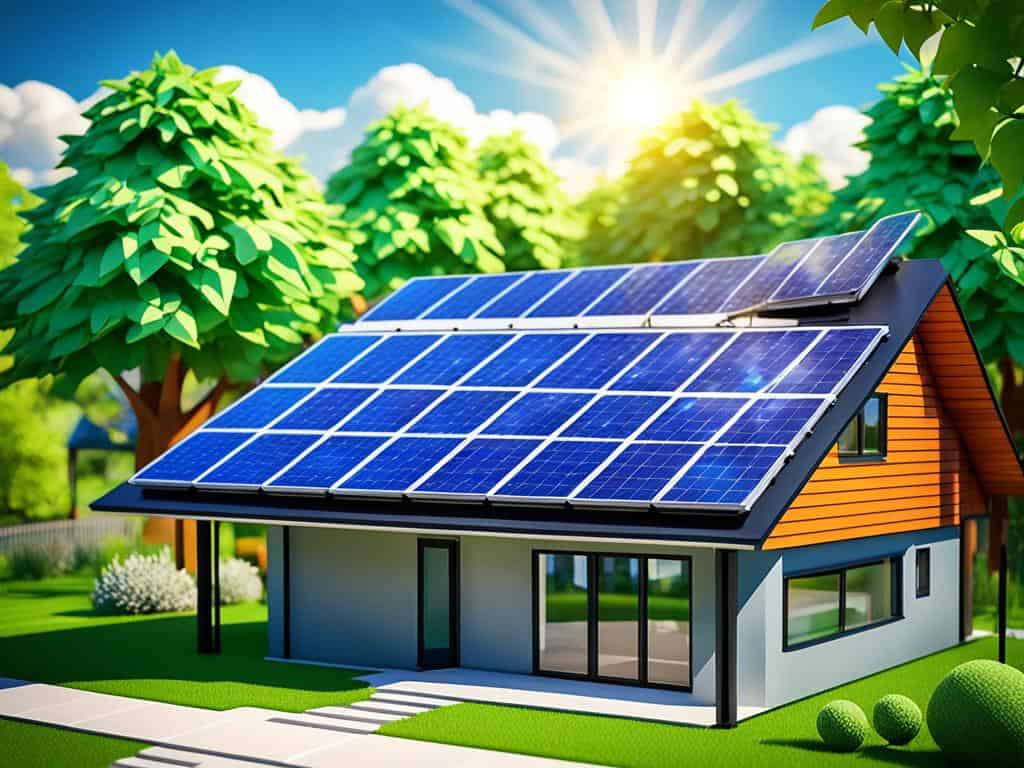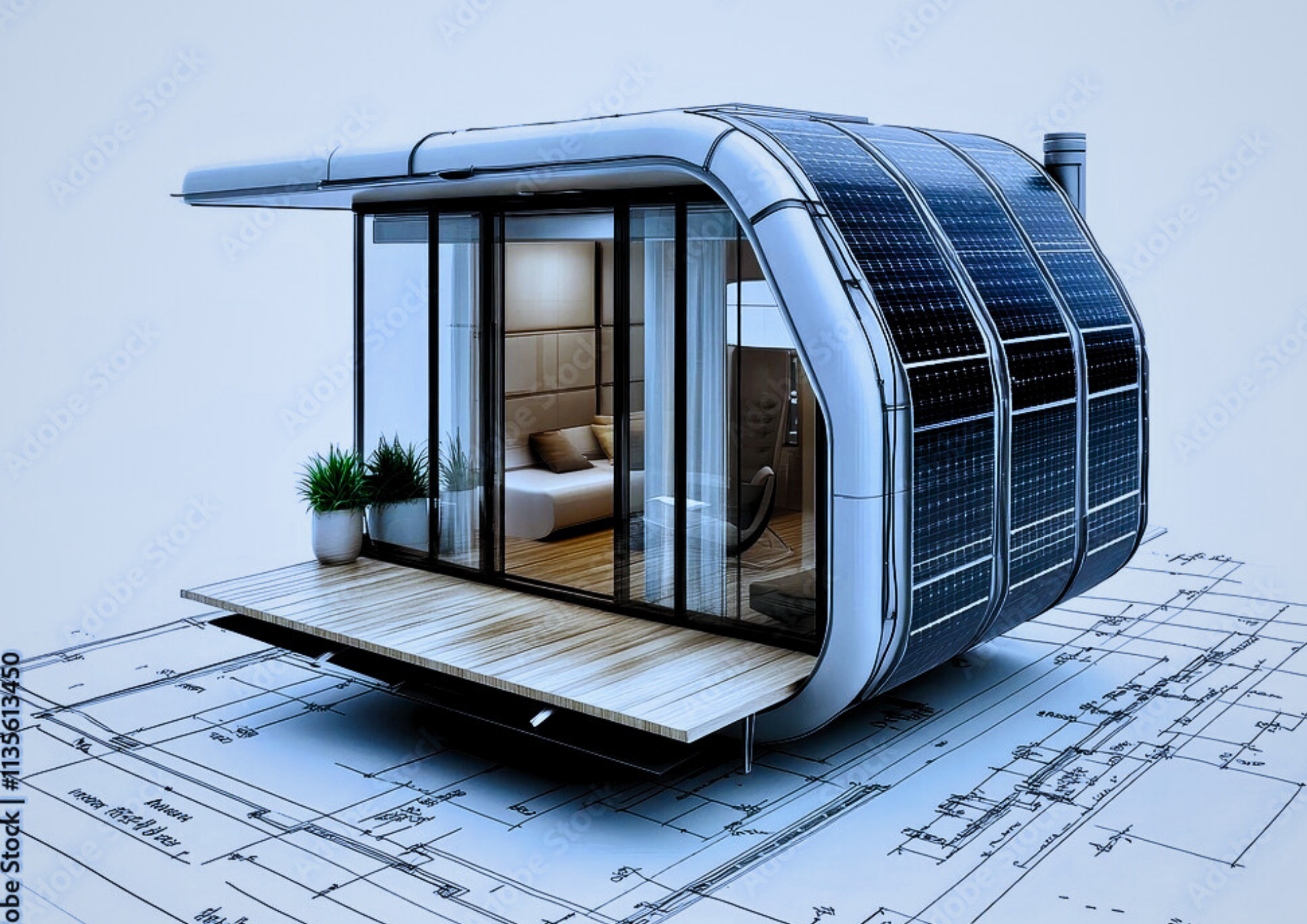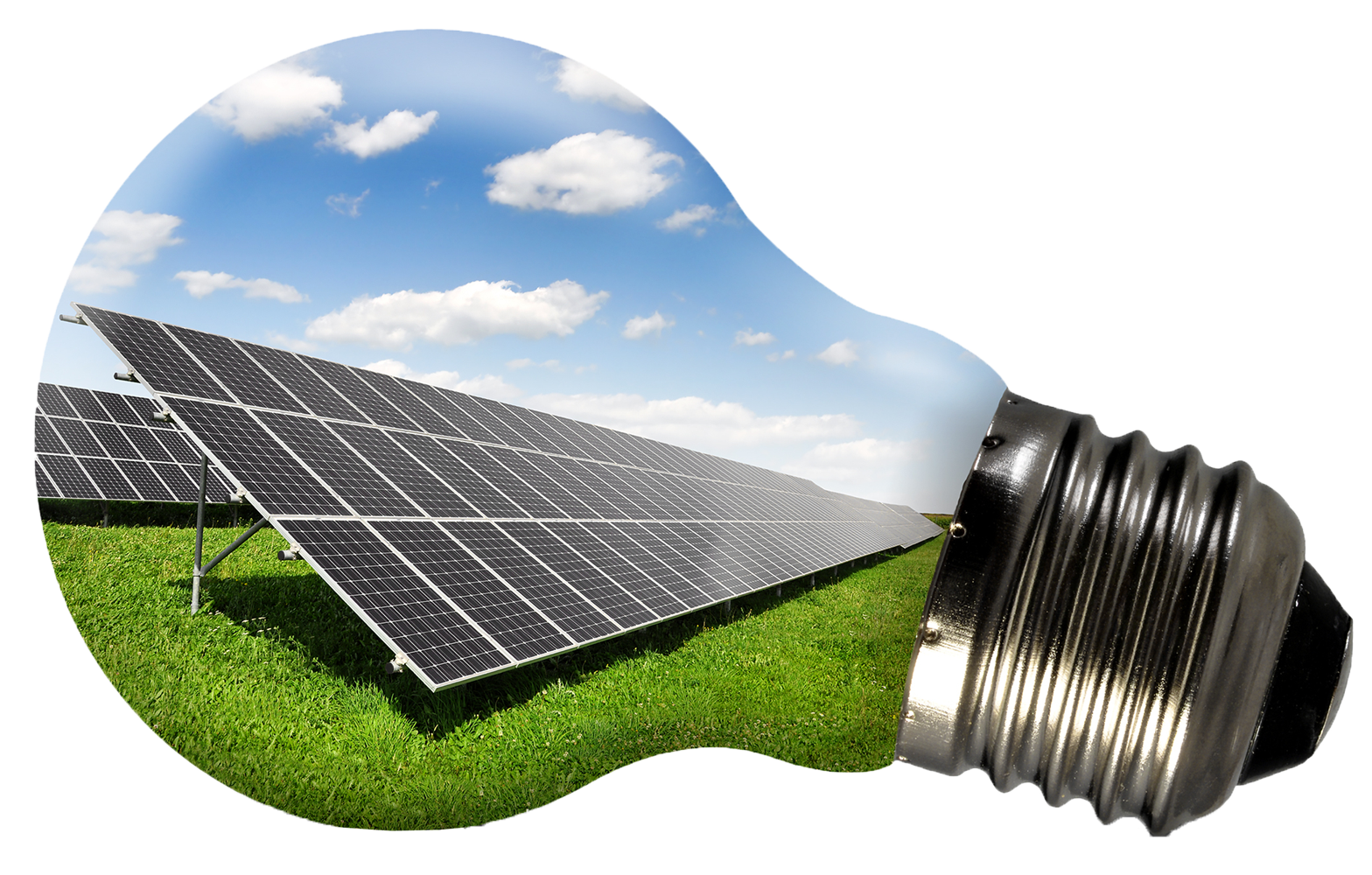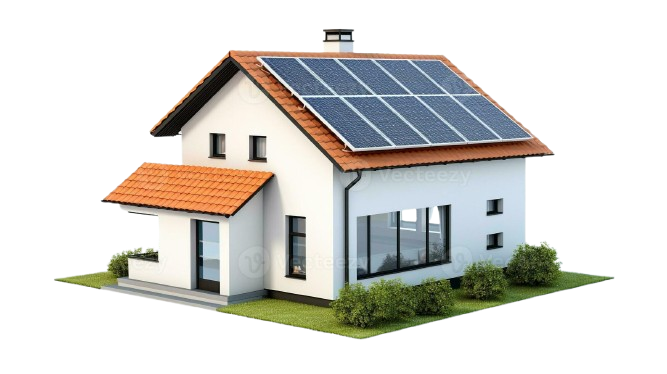In the age of sustainability and innovation, solar-powered drones are taking flight — quite literally. These high-endurance, eco-friendly machines are redefining how we view both aerial technology and renewable energy. As battery limitations continue to hinder conventional drone usage, solar-powered alternatives are stepping in with a promising future.
In the age of sustainability and innovation, solar-powered drones are taking flight — quite literally. These high-endurance, eco-friendly machines are redefining how we view both aerial technology and renewable energy. As battery limitations continue to hinder conventional drone usage, solar-powered alternatives are stepping in with a promising future.


Solar-powered drones are unmanned aerial vehicles (UAVs) equipped with solar panels that convert sunlight into electrical energy. This power is used to either operate the drone directly or charge its onboard batteries. The key advantage is extended flight time, sometimes allowing drones to fly for hours, days, or even months with minimal ground support.
Unlike battery-powered drones that may last 30–60 minutes, solar drones can stay airborne for extended periods, making them ideal for long-term surveillance and monitoring.
They run on clean solar energy, reducing carbon emissions and making them a sustainable alternative in a world moving toward net-zero targets.
Once deployed, solar drones reduce fuel and energy costs, making them more economical for large-scale or repeated operations.
Farmers can use solar drones to monitor soil moisture, crop health, pest activity, and irrigation needs—all in real time. This precision farming reduces waste and boosts yield.
After earthquakes, floods, or wildfires, solar drones can survey damage, deliver emergency supplies, and locate survivors without risking human life.
They can track deforestation, wildlife movement, melting glaciers, and even pollution levels in remote or sensitive ecosystems over time.
Governments can deploy them for persistent border surveillance, reducing the need for manned patrols in extreme conditions.
Solar drones can act as temporary communication towers, providing internet and mobile signals in remote areas—especially useful during festivals, emergencies, or in rural development.
With long-duration flights, solar drones can monitor pipeline integrity, gas leaks, and unauthorized activities across vast infrastructures.

The future of solar-powered drones is bright — quite literally. Companies and governments are already investing in high-altitude solar drones that can function like satellites at a fraction of the cost. As solar panel efficiency and battery storage continue to improve, we can expect even greater breakthroughs in flight time, payload capacity, and performance.

Solar-powered drones represent a fusion of technology and sustainability — a perfect example of how innovation can solve real-world problems. Whether it's for saving lives, protecting nature, or improving communication, the sky is no longer the limit — it's just the beginning.